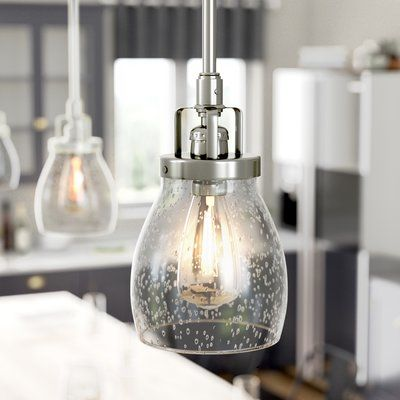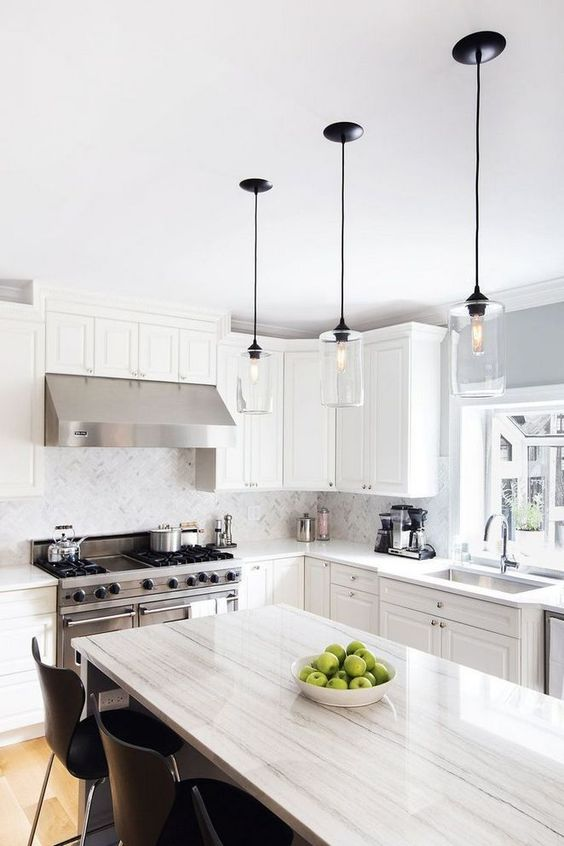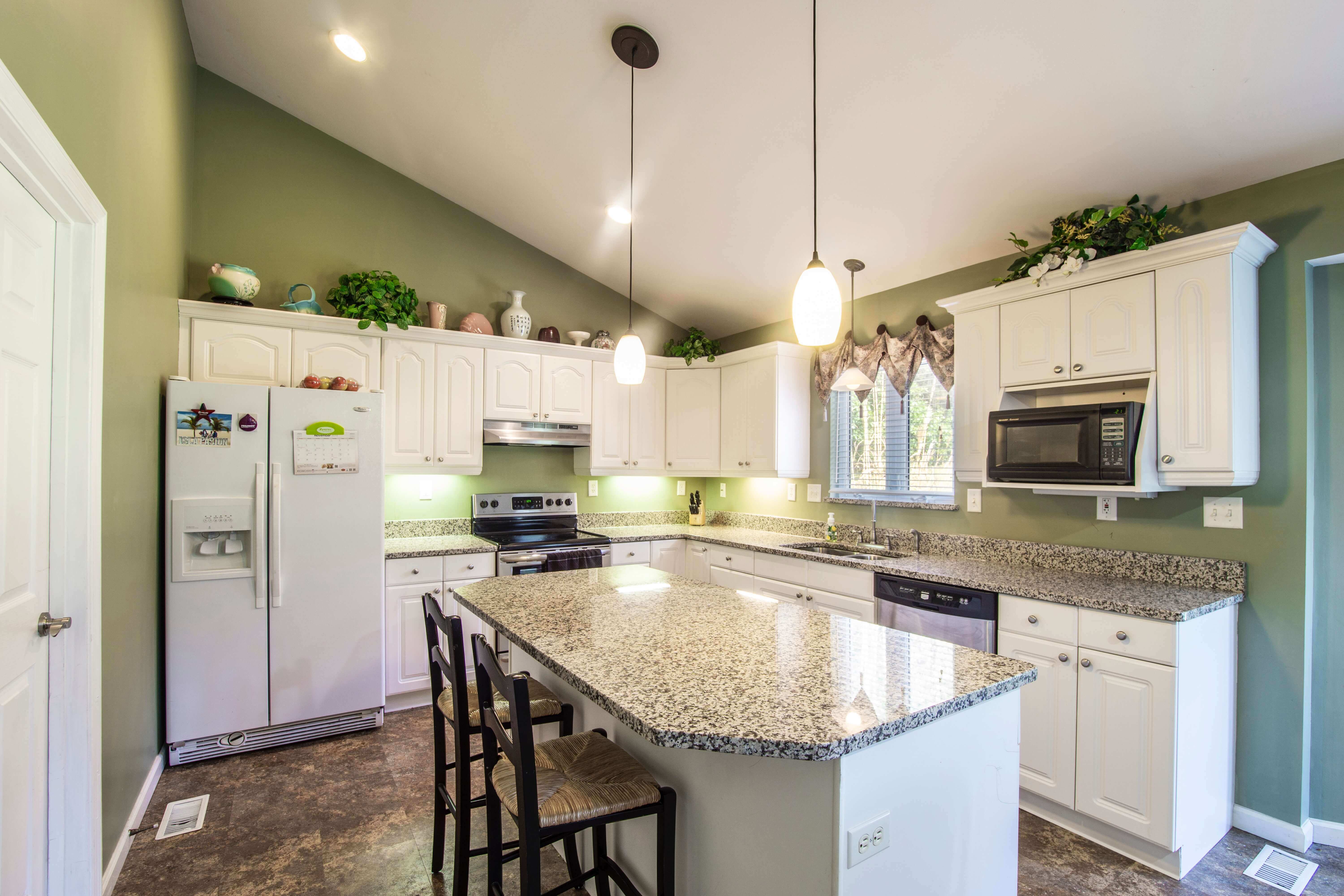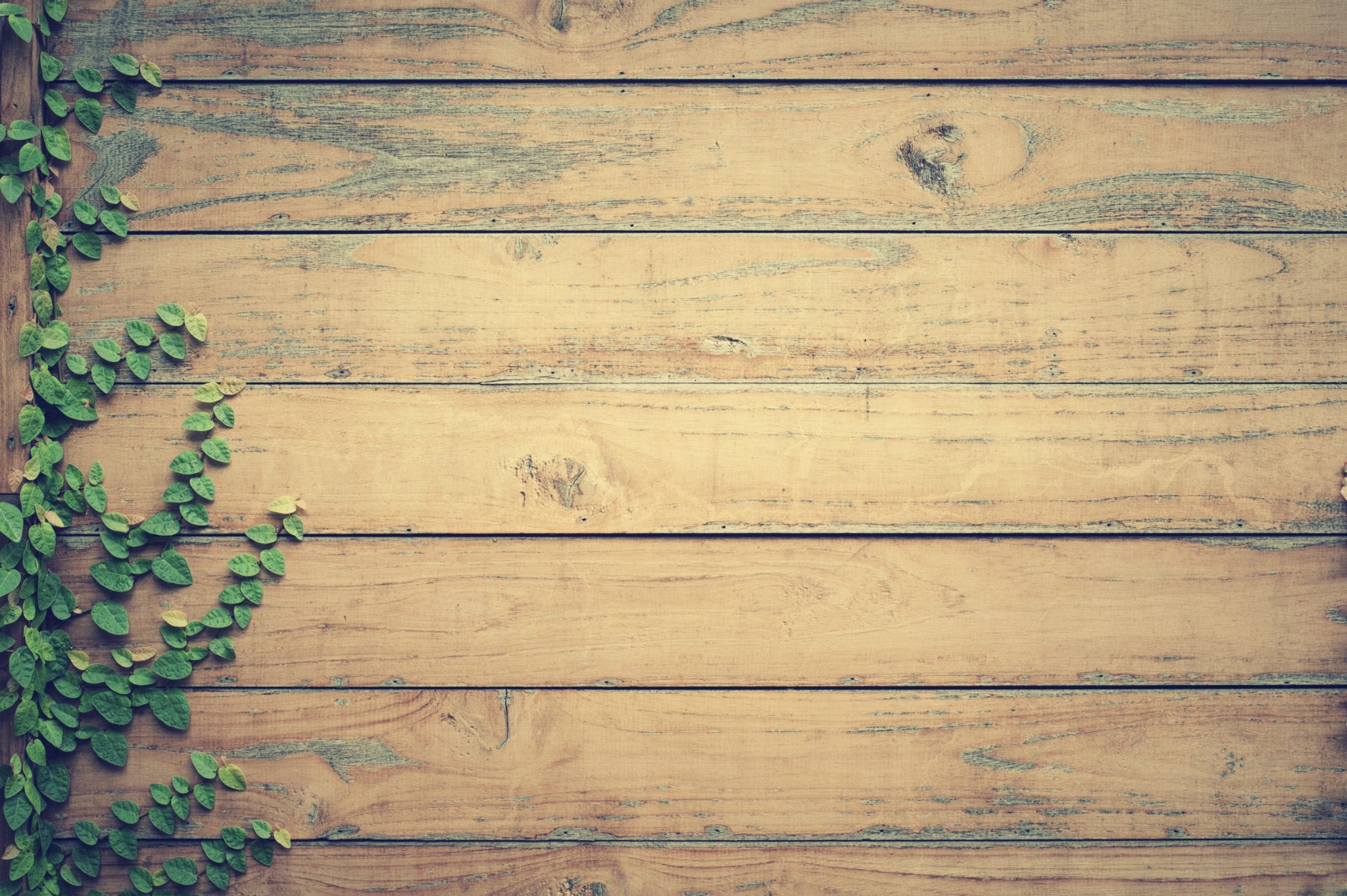The kitchen island is where the joys of cooking preparation happen. It also involves the engagement of small talks which is why many consider the kitchen the heart of a home. Such a pleasing place only deserves the best of things! One of these things is lighting. With proper lighting, not only will it light up the entire room, but will add more appeal to your kitchen as well.
3 Trendy Lighting Ideas for Your Kitchen Island:
Listed below are the top 3 trendy kitchen lighting ideas that will surely achieve the desired design you have in mind!
1. Pendant Lighting:
When it comes to choosing the right kitchen island lighting, pendant lighting is one of the latest trends. You can hang it from the ceiling which makes it the best choice for kitchen islands.
It is small and affordable. Additionally, it comes in different styles and sizes making it more convenient for your kitchen island needs.
These are the top 7 pendant lightings that will work best for your kitchen islands:
● Mini Pendant Lighting:

Upon reading its name, you can already understand that this is the smaller version of a normal pendant. Just like its size, the mini pendant is incapable of intense lighting. It only works well as an overhead focused source of light that you can hang above eye level of your kitchen island.
● Bowl Pendant Lighting:

The bowl pendant is one of the most popular pendant lightings of all time. You can often see it in movies scenes where they interrogate prisoners in a dark room. The only thing that lights up the whole room is the bowl pendant. It has a standard size which can cast enough light for your kitchen island.
● Drum Pendant Lighting:
Drum pendant earned its name because of its shape. It gently illuminates the whole kitchen island, due to its ambient feature. It is available in different colors and sizes. However, you must take note of the lighting rule, “the darker the color, the more watt you’ll need for the light to illuminate the area.” By this being said, we recommend that you only use light colors for your drum pendant.
● Multiple Pendants Lighting:
If you’re familiar with a chandelier with multiple lights, then the style of multiple pendants is not new to you. People usually hang and align them in a row above kitchen islands. Additionally, the use of multiple lights is designed to evenly distribute the lights to your kitchen island.
● Abstract Pendant Lighting:
The abstract pendant is considered to be one of the most beautiful and artistic pendant lightings. The layers are styled to house the lightbulb inside. It’s the best design if you’re looking for lighting both to illuminate and decorate the area.
● Exposed Bulb Pendant Lighting:
Exposed bulb pendant is basically a bulb pendant hanging above the kitchen island. It is one of the most affordable pendants on the market. You can even do a DIY for this lighting. Even if they are low-cost, they are still beautiful and functional because they can illuminate your kitchen islands.
● Globe Pendant Lighting:
Globe pendants are based on its shape because they are round. They became popular around the 1950s and ‘60s. Apparently, globe pendant can still give you the vintage vibe that can outscore another pendant lighting for your kitchen island needs.
2. Chandelier Lighting:
Chandelier lighting is no longer new to everyone. You can see it almost anywhere, not just in the kitchen, but also throughout the whole house. With the modernized technology uprising today, chandeliers have lost some popularity due to its vintage look. However, chandelier lighting will never go out of style when it comes to your kitchen island needs.
They are in fact the most used lighting for kitchen islands due to their illuminating lights that are branched together.
3. Linear Suspensions:
Linear suspensions are also affordable kitchen island lighting you can use. They still have the same lighting capacity with the other lighting ideas mentioned above. However, they are too plain and not stylish enough to be used as a decoration. The good news is, there are a lot of LED lights available on the market today. They can add more style if you opt for this kind of lighting. You just need to choose the high quality LED strip for longevity and better lighting.
Conclusion:
With all these awesome lighting ideas, you can surely find the one that best fits your kitchen island. Always remember to focus on the function and of course, the design! We all want a fully-functional kitchen that is pleasing to the eyes!
Read Also:
- List Of Most Durable Kitchen Flooring
- Kitchen Renovations Must Be Done At Regular Intervals
- Installing A Kitchen Tile Splashback – The Basics
- 4 Tips For Choosing A Good Kitchen Tap
- The Best Countertops To Help Revamp Your Kitchen
- Top 4 Must-Have Appliances In Every Kitchen
- How To Choose LED Lights For Every Room In Your Home
- 10 Unique Kitchen Hacks To Save Your Time In Kitchen And Cooking
- Installation Of Kitchen Cabinets: Best Way To Give Your Home A Perfect Facelift





























